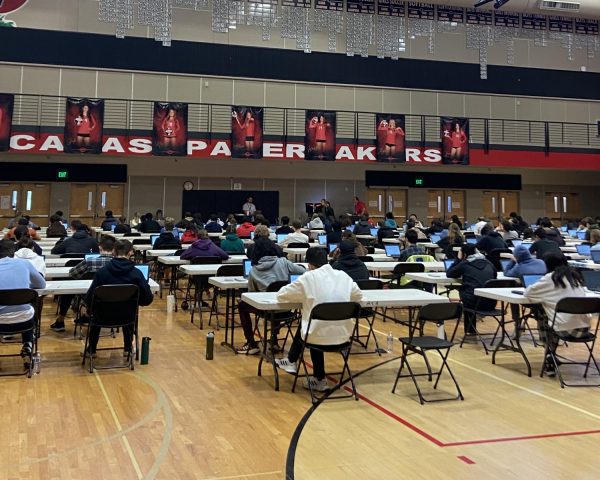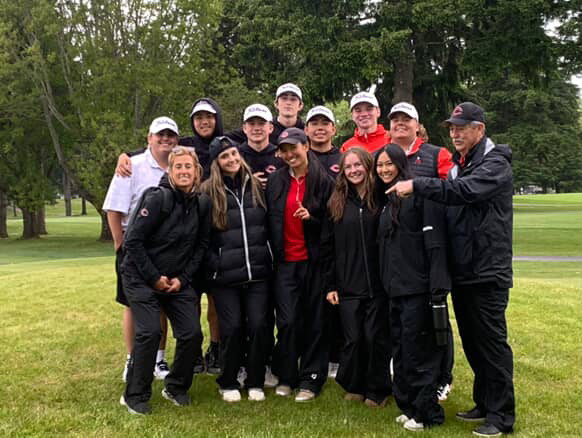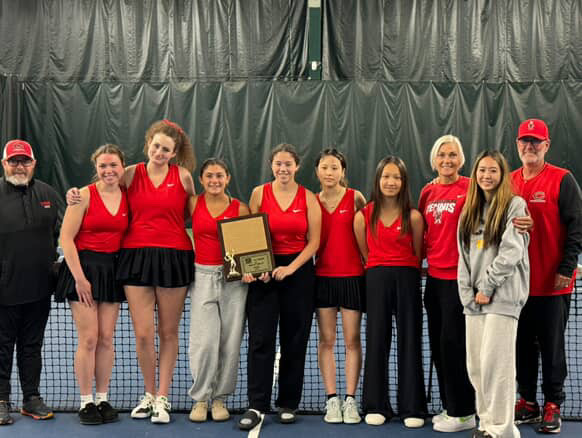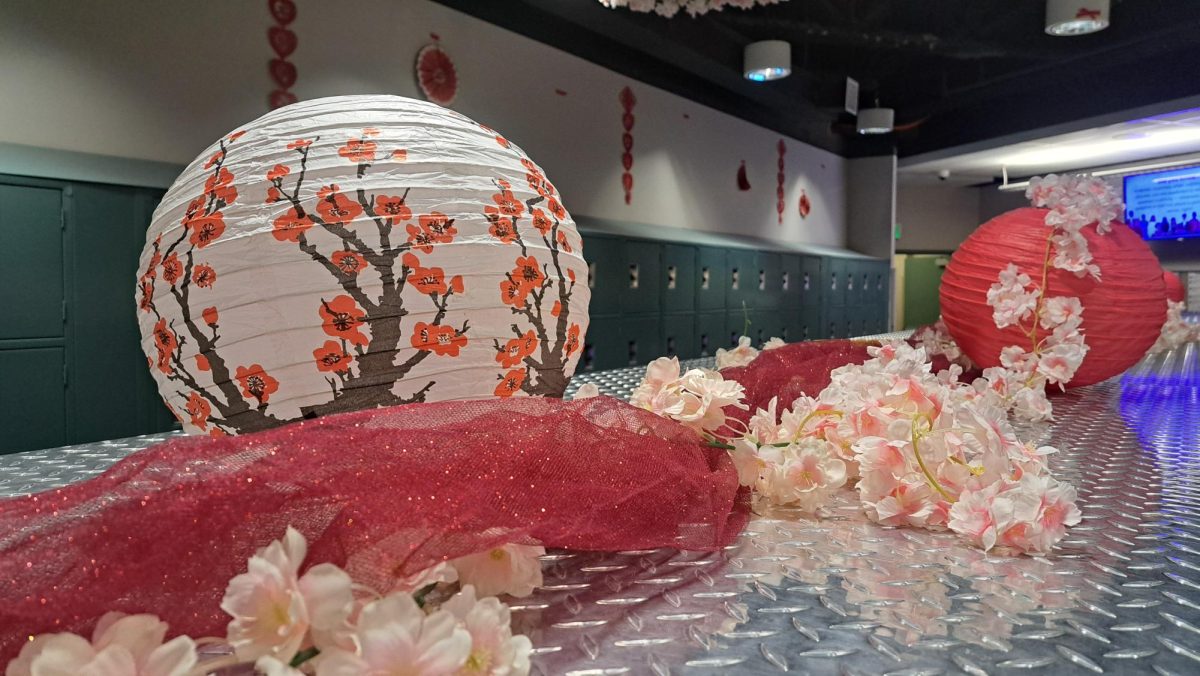The Supreme Court voted to ban Affirmative Action over the summer, and the fallout is being felt around the nation. In Camas, students wonder about the effects it will have on their college applications and job opportunities.
In June, after hearing two lawsuits, the Supreme Court banned the continuation of Affirmative Action in the college admissions process, claiming it violated the 14th Amendment that ensures equal protection of citizens. The timeline of Affirmative Action is rooted in 1961 when former U.S. president John F. Kennedy officially signed it into law after the Civil Rights Act. It aimed to prevent marginalized communities from facing discrimination and inequalities in employment and educational opportunities.
Despite its ban, Affirmative Action remains controversial, even within Camas High School (CHS). Although many students are unaware of the existence of Affirmative Action (ratio-wise 56%), those who know the subject expressed strong opinions about the overruling.
“I think it’s stupid that [the Supreme Court] banned it,” CHS sophomore Sophia Johnsen said, “It was a really valuable resource since there is a lot of bias, institutionally, in the college application process in regards to race.”

“There have been different levels of opportunities for different groups of people in the past, and I think we should all still be mindful of it. I think Affirmative Action was able to help with that factor,” CHS senior Marilyn Green said. “However, I can still understand others who disagree with it.”
While supporters say discrimination should be illegal during the college admissions process, they acknowledged the gray area of the law: the compromisation of other ethnic groups and judgment of student academic proficiency.
Still, Johnsen said, “Affirmative Action was not a total remedy to the bias that existed during the process of college acceptance, with flaws such as valuing minority race students over well-performing students. However, I think it was better than nothing.”
“I think it’s unfair that [students] who have tried hard are not recognized for their efforts and results just because of their ethnicity,” CHS freshman Kendall Curtis said. “I am also aware of the controversy on this topic for Asian Americans because of the small chance of them getting into a college just because of their race.”
CHS sophomore Kathy Cheon believes it is especially difficult for foreigners to gain social respect in the U.S., making education even more critical.
“It essential for immigrants [first and second generation] to claim a particular social position within the U.S. through education, Cheon said. She says there is a stigma that makes people believe affirmative action “does not apply to Asian Americans because we are ‘higher achievers.’ But we are a minority, too.”

In addition to Cheon, other Asian American students at CHS elaborated on the misconceptions and stereotypes surrounding their race and the injustice of “favoring minorities” within Affirmative Action.
CHS sophomore Tiana Tesso is Lao American and knows her ethnicity is historically low for enrollment in higher education.
“Affirmative Action puts us, as well as Pacific Islanders, under the Asian American category, forcing us to enter the competition that [the majority of] Asian Americans are in,” Tesso said. “We should have had the advantage that African American and Hispanic groups did.”
Yet most students agree: banning the legacy system is more effective than banning Affirmative Action for all minorities and ethnic groups.
The Legacy system in colleges refers to the higher acceptance rate of students whose parents attended the same university, primarily in Ivy League schools. Legacy rates at Harvard are 30%; 70% are white students, as well as university donors. Donor admissions are seven times more likely to be admitted, while legacies are six times higher than regular college admissions.
“I think legacies perpetuate class divisions in America because the higher education you have, the better-paying job you can get,” Johnsen said. “By making it harder for kids from poor families or kids whose parents have not gone to college, it’s [again] perpetuating class divides by making the rich richer and the poor poorer.”
Despite the diverse and varying opinions about Affirmative Action and college admissions, the reality of the Supreme Court’s decision remains. Affirmative Action maintains its gray area in social norms and perspective, leaving it for colleges and universities to act upon the circumstances after the recent changes.



































